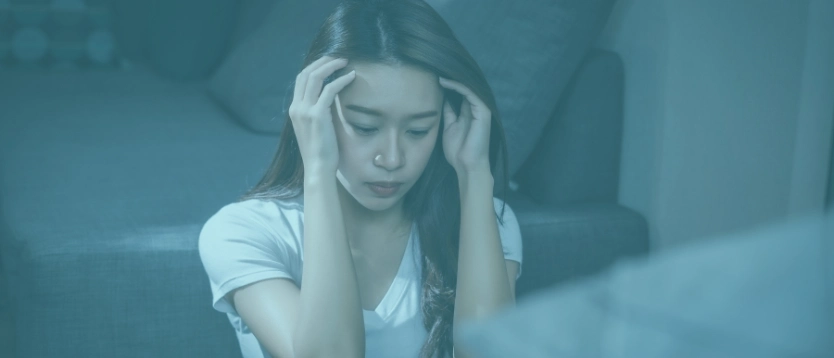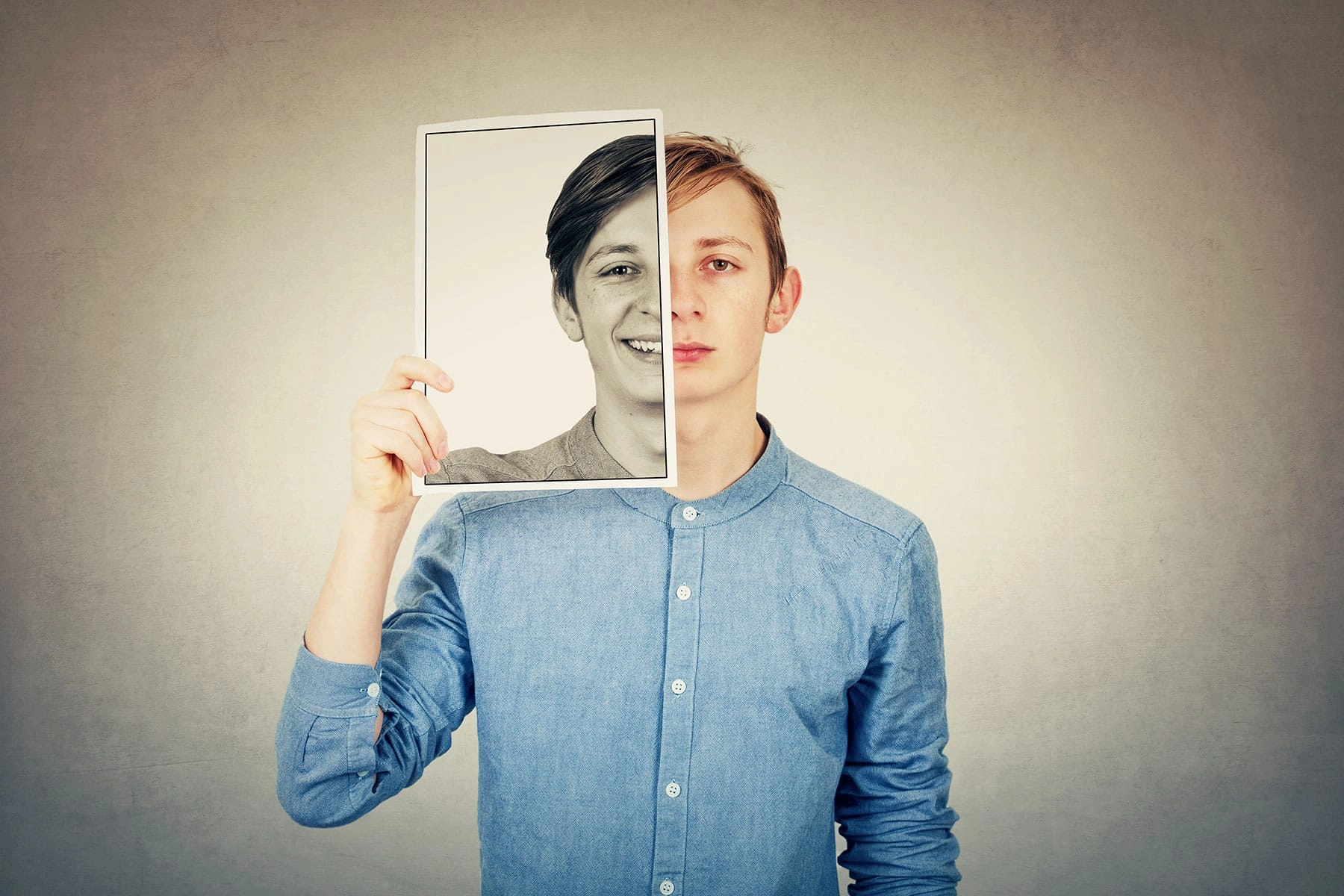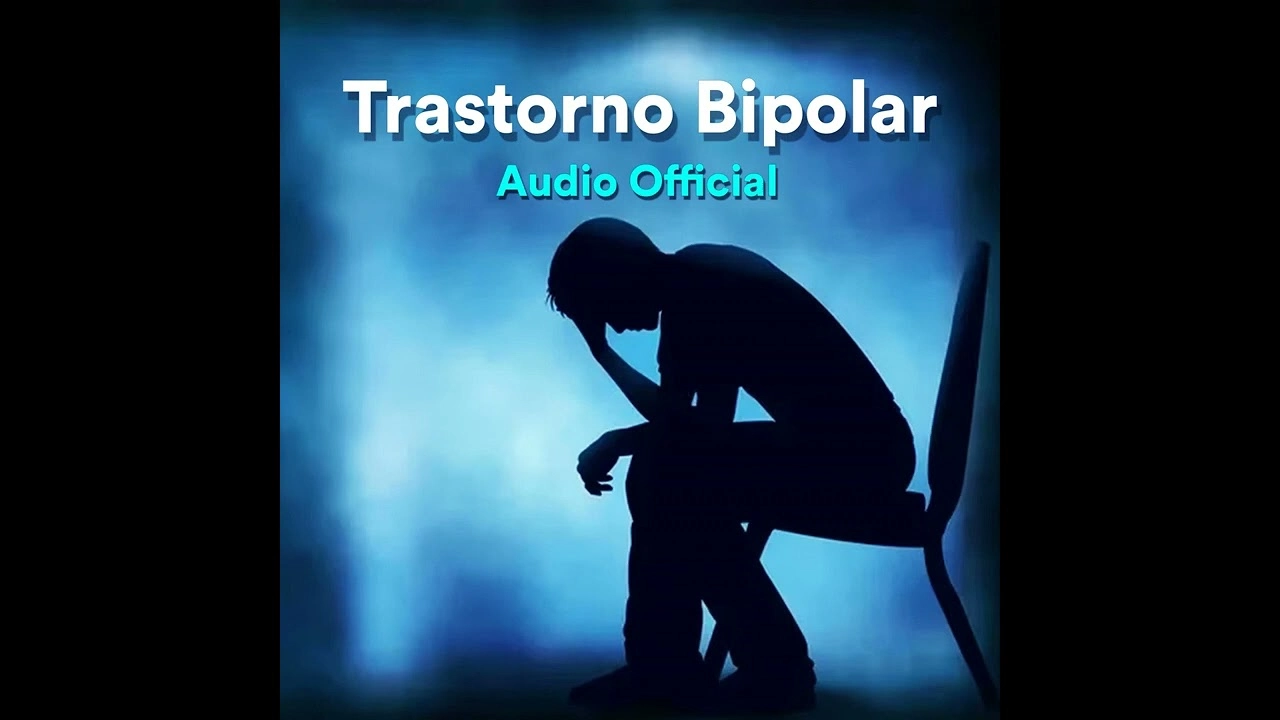ADHD and Bipolar: Two different mental health disorders, Attention-Deficit/Hyperactivity Disorder (ADHD) and Bipolar Disorder, can greatly affect attitude, behavior, and daily life.

They do, however, have overlapping symptoms that sometimes cause diagnosis and therapy confusion. Many people, especially youngsters and teenagers, could get one diagnosis when both exist, or may be wrongly diagnosed completely.
The main distinctions, similarities, and difficulties in recognizing ADHD and bipolar disorder are discussed in this article, along with their significance for precise diagnosis and successful therapy.
ADHD: What is it?
Neurodevelopmental disorder ADHD mainly impacts attention, impulse control, and activity levels. Though it may continue into adolescence and adulthood, it is usually found in childhood. Among the main symptoms are:
Lack of attention
Struggling to concentrate, remain organized, or follow through on projects.
Hyperactivity
Restlessness, too much chat, fidgeting, or problems sitting still.
Impulsivity
Making quick judgments, interfering with others, or acting without thinking.
ADHD is classified as inattentive type, hyperactive-impulsive type, and combined type. The illness might cause problems with relationships and the workplace since it impacts academic and social growth.
What is Bipolar Disorder?
A mood disorder distinguished by severe mood, energy, and activity level fluctuations is bipolar disorder. People go through manic episodes, which are phases of intense energy and excitement, as well as depressive episodes, or times of grief, low energy, and hopelessness.
Bipolar Disorder comes in many forms:
- At least one full manic episode, often followed by depressive episodes, characterizes bipolar I.
- Bipolar II: One or more episodes of hypomania, less severe than mania, and major depressive episodes.
- Cyclothymic disorder: Repeated mood swings with symptoms not wholly meeting the criteria for hypomania or melancholy.
Although it can be diagnosed in childhood, bipolar illness usually manifests in late adolescence or early adulthood.
Essential distinctions between ADHD and bipolar disorder
Though ADHD and Bipolar Disorder share some overlapping symptoms, they differ in fundamental ways. For accurate diagnosis and treatment, one must grasp these differences.
Symptom Starting and Duration
Early signs of ADHD, often before age 12, are chronic and typically present from an early stage.
Bipolar symptoms are cyclical; they manifest in separate mood episodes spanning days or weeks.
Natural of Mood Swings
Usually short and circumstances-driven in ADHD, mood swings are more severe, protracted, and frequently happen without a known trigger in bipolar disorder.
Impulsivity and Hyperactivity
Daily decisions and actions are influenced by ADHD impulsivity, which is constant and more consistent.
Usually occurring during manic or hypomanic phases, bipolar impulsivity is frequently linked with risk-taking activities and heightened self-esteem.
Restlessness and trouble sleeping might come from ADHD.
Particularly throughout mania, bipolar disorder frequently causes a reduced need for sleep without exhaustion.
Can one have both ADHD and bipolar disorder?
Yes. Many ADHD patients also fit the criteria for Bipolar Disorder, a comorbidity illness. Research shows that up to 20% of ADHD sufferers may additionally have Bipolar Disorder, and vice versa.
Diagnoses and therapy become more challenging when both conditions are present. Symptoms can interact in ways that increase suffering and dysfunction. For instance:
- A manic episode can cause the ADHD impulsivity to get worse.
- Depression linked to bipolar disorder might aggravate attention problems.
- Manic energy could be misinterpreted as hyperactivity.
Diagnosing ADHD and Bipolar Together
A concurrent ADHD and Bipolar Disorder diagnosis calls for thorough evaluation by a mental health expert. Particularly in youngsters, symptoms overlap; hence, a thorough assessment including family history, symptom timelines, and behavioral patterns is imperative.
A practitioner might query like this:
- When did the symptoms?
- Are the symptoms regular or episodic?
- Do the symptoms vary with mood changes?
- How do the signs affect daily life in several contexts?
Common is an incorrect diagnosis. If their behavior is misinterpreted, a child with ADHD could be incorrectly diagnosed with Bipolar Disorder or vice versa.
Approaches for ADHD and Bipolar Treatment

Complications could result from treating one ailment while neglecting the other. Thus it is often advised that one treat both conditions using an integrated approach.
Drugs for ADHD
Drugs for ADHD sometimes include stimulants such as methylphenidate or amphetamines. These can help with attention and impulse control, but they might exacerbate manic symptoms if Bipolar Disorder is undiagnosed or untreated.
Medications for Bipolar Disorder
Usually used to control mood episodes, bipolar disorder is usually treated with mood stabilizers (e.g., lithium), antipsychotics, and anticonvulsants.
Usually, mood stabilization comes before introducing ADHD stimulants in comorbid cases. This lowers the chance of mania being triggered.
Psychotherapy
A core element of therapy is psychotherapy. It enables people to learn about their symptoms, create coping mechanisms, and control their emotions better. Usual therapeutic techniques are:
- Cognitive Behavioral Therapy (CBT): Assists to reframe bad ideas and boost behavioral control.
- Family therapy: Teaches families about symptoms and assists to enhance support networks and communication.
- Behavioral coaching: Particularly for ADHD, fosters organization, time management, and goal-setting.
Support and Way of Living
Managing both ADHD and Bipolar calls for lifestyle modifications and robust support systems. Among these may be:
- Routine helps control symptoms and relieve stress.
- Regular sleep is essential for focus as well as mood stability.
- Physical activity helps to regulate impulsivity and promote mental well-being.
- Medication adherence: Stability depends on following prescribed regimens.
Difficulties in Controlling Comorbid ADHD and Bipolar
Managing bipolar or attention deficit hyperactivity disorder alone is difficult. The difficulties are multiplied when they cohabit. Difficulties could comprise:
- Late diagnosis caused by symptom ambiguity.
- Rising risk of substance abuse, especially among teenagers and adults trying to self-medicate.
- Strained relationships from mood swings, impulsivity, and erratic behavior.
- Lack of concentration, emotional instability, and inconsistent performance cause academic and professional problems.
- The personal emotional load as well as that of family members.
Instructing families as well as patients on these difficulties increases empathy and opens the door to better results in treatment.
Living Good with ADHD and Bipolar
Having Bipolar Disorder and ADHD does not imply that life must be unstable or full of turmoil. Many people live happy, rich lives by following tailored treatment plans and looking for continuous help.
Here are some helpful suggestions:
- Keep a mood and symptom journal: This helps track patterns and identify triggers.
- A multidisciplinary team: A balanced care plan can be offered with the assistance of a multidisciplinary team including medical, psychiatric, psychological, and educational experts.
- Practice mindfulness and stress management: Techniques like meditation, yoga, or breathing exercises improve emotional regulation.
- Restrict alcohol and stimulants: These chemicals can disturb drugs and cause mood swings.
- Create a robust support network: Encouragement and accountability come from friends, family, and support groups.
In summary, though challenging, ADHD and bipolar disorder are treatable mental health issues. Though they have some commonalities, they are essentially distinct and need unique diagnostic criteria and treatment plans. Especially when both illnesses coexist, correct diagnosis is crucial.
Understanding the subtleties between ADHD and Bipolar helps healthcare providers, people, and families to confidently and clearly negotiate the route toward better mental health. People afflicted can live meaningful, balanced lives with appropriate care, education, and support.







